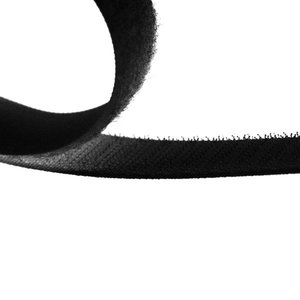I've started building up my 18RU wall-mounted server rack. This is my first time working with server racks and now after installing the three patch panels and connecting the cables it dawned on me that some form of cable management is required behind the patch panels. The photos below show the current state, I'm not in a hurry to complete, as it's a house under construction, about two months before we move in. The extra components to be installed are a UDM Pro and 2 x 24 port switches. Other stuff will be the modem and ISP terminating device, coax management and computer for BI.
As can be seen in the photos, I have the three patch panels at the top of the unit, then I intend installing two switches followed by the UDM Pro. Below these, on a shelf will be the modem and ISP terminating device.
1. What can I use, or is there a component available, to somehow run the cables vertically up at the back of the unit and then across to the patch panels? Any recommendations here? Would you guys suggest another alternative? Initially I was thinking that it would be ok for the first underlying swtich unit to effectively push the cables back anyway, would this be acceptable?
2. Any suggestions on component placement?
3. In the second photo, you'll see how I've connected the cables. Is it wise to somehow tie them off on that guide bit at the back of the patch panel?

This is as far as the unit can swivel out. I lost 200mm width in the room due to the stairs on opposite side; in the plans there was no cavity between walls. We had to create a cavity to allow for the cables to track along. It caught out both the builder and me.

As can be seen in the photos, I have the three patch panels at the top of the unit, then I intend installing two switches followed by the UDM Pro. Below these, on a shelf will be the modem and ISP terminating device.
1. What can I use, or is there a component available, to somehow run the cables vertically up at the back of the unit and then across to the patch panels? Any recommendations here? Would you guys suggest another alternative? Initially I was thinking that it would be ok for the first underlying swtich unit to effectively push the cables back anyway, would this be acceptable?
2. Any suggestions on component placement?
3. In the second photo, you'll see how I've connected the cables. Is it wise to somehow tie them off on that guide bit at the back of the patch panel?

This is as far as the unit can swivel out. I lost 200mm width in the room due to the stairs on opposite side; in the plans there was no cavity between walls. We had to create a cavity to allow for the cables to track along. It caught out both the builder and me.










